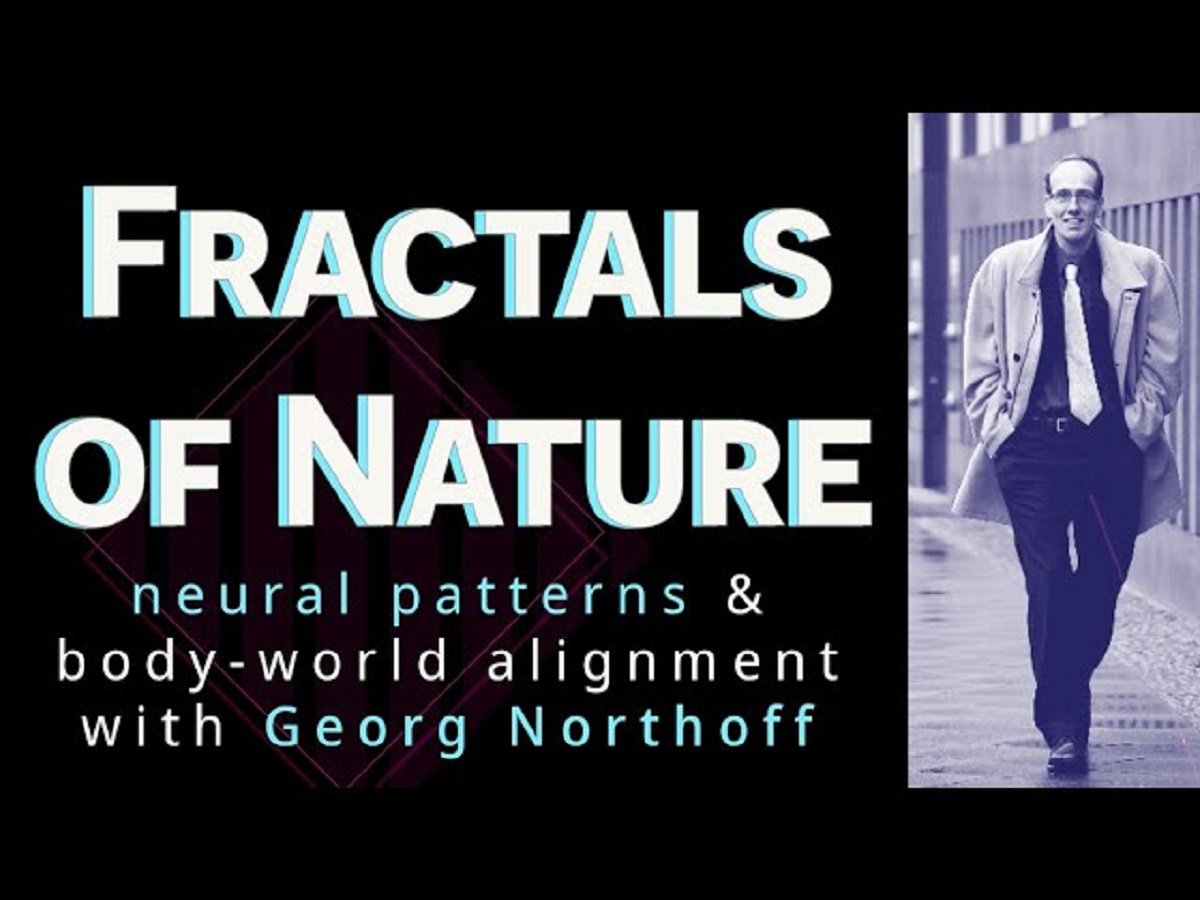Exploring patterns in numbers can be a fascinating exercise in mathematics and number theory, as it often reveals unique properties and connections that aren’t immediately obvious. Let’s explore the number 3853786971 to uncover any mathematical patterns, properties, or potential interpretations it may hold.
Prime Composition and Factorization
To understand the properties of 3853786971 one of the first steps is to analyze its divisibility and determine whether it’s a prime number. Prime numbers are those that can only be divided by 1 and themselves, lacking any other divisors. Finding whether a number has factors or is prime is often the first step toward understanding its behavior within the number system.
3853786971 can be evaluated by prime factorization, which involves breaking the number down into its basic prime components. If it turns out to be a prime, that in itself is a pattern, as primes are often regarded as the “building blocks” of numbers. However, if it does have prime factors, this opens doors to exploring unique relationships between those factors and possible divisors.
Digit Pattern Analysis
The digit composition of 3853786971 may also yield insights. Here’s how the number breaks down:
- The sequence of digits is: 3, 8, 5, 3, 7, 8, 6, 9, 7, 1.
- This sequence exhibits some repetition, with digits 3, 7, and 8 appearing twice.
This repetition is unusual in a 10-digit number and may hold some significance, depending on the context. In certain numerological interpretations, for instance, repeated digits are thought to amplify specific qualities associated with those numbers. Here, 3, 7, and 8 could be seen as having an elevated influence within the sequence, and examining their individual meanings or properties might reveal something about the whole number.
Additionally, analyzing this sequence in terms of even and odd numbers yields another layer:
- Odd digits: 3, 5, 3, 7, 9, 7, 1.
- Even digits: 8, 8, 6.
With seven odd and only three even digits, 3853786971 leans toward odd numbers, a characteristic that might play into its behavior if used in mathematical sequences or patterns.
Sum of Digits
Another common approach to understanding patterns in numbers is to calculate the sum of the digits. For 3853786971 the sum of all digits is:
3+8+5+3+7+8+6+9+7+1=573 + 8 + 5 + 3 + 7 + 8 + 6 + 9 + 7 + 1 = 573+8+5+3+7+8+6+9+7+1=57
If we further break down 57, the sum of its digits (5 + 7) yields 12, which can be further reduced to 1 + 2 = 3.
This final single-digit sum of 3 is known as a “digital root.” This kind of reduction can highlight specific characteristics when used in modular arithmetic or other mathematical contexts. The digital root might be useful if we’re seeking recurring themes or relationships, as it can be a type of numerical fingerprint for the original number.
Divisibility Patterns
The divisibility of a number is another pattern worth exploring. By examining 3853786971 in relation to common divisibility rules, we gain a sense of how this number might interact with others in mathematical relationships.
- Divisibility by 2: Since the number ends in 1, it’s not divisible by 2 (it’s odd).
- Divisibility by 3: Adding the digits yields 57, which is divisible by 3, so 3,853,786,971 is divisible by 3.
- Divisibility by 5: The last digit isn’t 0 or 5, so it isn’t divisible by 5.
- Divisibility by 7 and higher primes: Testing further primes would require modular arithmetic or division tests to confirm.
This preliminary divisibility check shows that while it’s not divisible by 2 or 5, it is divisible by 3. This may allow it to form patterns in certain types of arithmetic sequences, such as those divisible by 3.
Potential Palindromic Patterns
A number is palindromic if it reads the same forward and backward, like 121 or 1331. Although 3,853,786,971 is not a palindrome, the repeated digits within it create a partial symmetry that gives a sense of balance. The repetition of 3, 7, and 8 in particular evokes an almost-mirrored quality. This kind of partial palindrome can be interesting, as it often occurs in numbers with special properties or those used in certain combinatorial contexts.
Applications in Modulo Patterns
Given that 3853786971 has a digital root of 3, it may participate in interesting patterns when evaluated under modulo 3 or modulo 9 operations. Numbers with digital roots of 3 often exhibit cyclical behavior when divided by these moduli. Which can be useful in cryptography or computer science.
Contextual Patterns: Real-World Applications
The number 3853786971 could also be analyzed in terms of real-world applications:
- Data Systems: In computer science, large numbers are often used as identifiers, checksums, or cryptographic keys. Repeating digits and prime factors can influence how a number behaves in hashing algorithms, pseudorandom number generation, and error detection.
- Astrophysics and Geolocation: Large numbers sometimes relate to astronomical distances, coordinates, or timestamps. Where each digit may encode specific positional or temporal information.
Conclusion
While 3853786971 might at first appear as just another large number, examining it for patterns reveals intriguing characteristics. Its divisibility by 3, partial palindromic quality, and digit composition offer a window into the kinds of structures that exist within large numbers. Patterns in numbers like this one are not only fascinating theoretically but also serve practical purposes in fields from cryptography to data science. Each number holds its own unique “fingerprint,” and 3853786971 is no exception. Offering a distinctive blend of properties that could be meaningful in various contexts.











